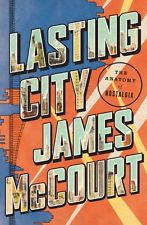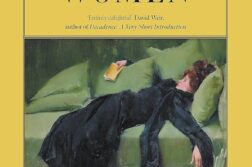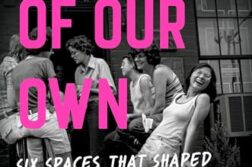 Lasting City: The Anatomy of Nostalgia
Lasting City: The Anatomy of Nostalgia
by James McCourt
Liveright / W. W. Norton. 321 pages, $26.95
Lasting City takes its impetus from one of the author’s strongest early childhood memories: the dropping of the atom bomb on Hiroshima. Playing in the sand on a beach where he’s making a “sand castle” of the Flatiron Building, the author’s work is soon trampled by bullies. Right on the heels of this comes the news of the dropping of the bomb. The two events become conflated in his mind, and the effect is enhanced by the assertion that his grandfather had helped to build the Flatiron Building. (One of the running gags in the book is that his grandfather seems to have been responsible for every famous building in the city.)






